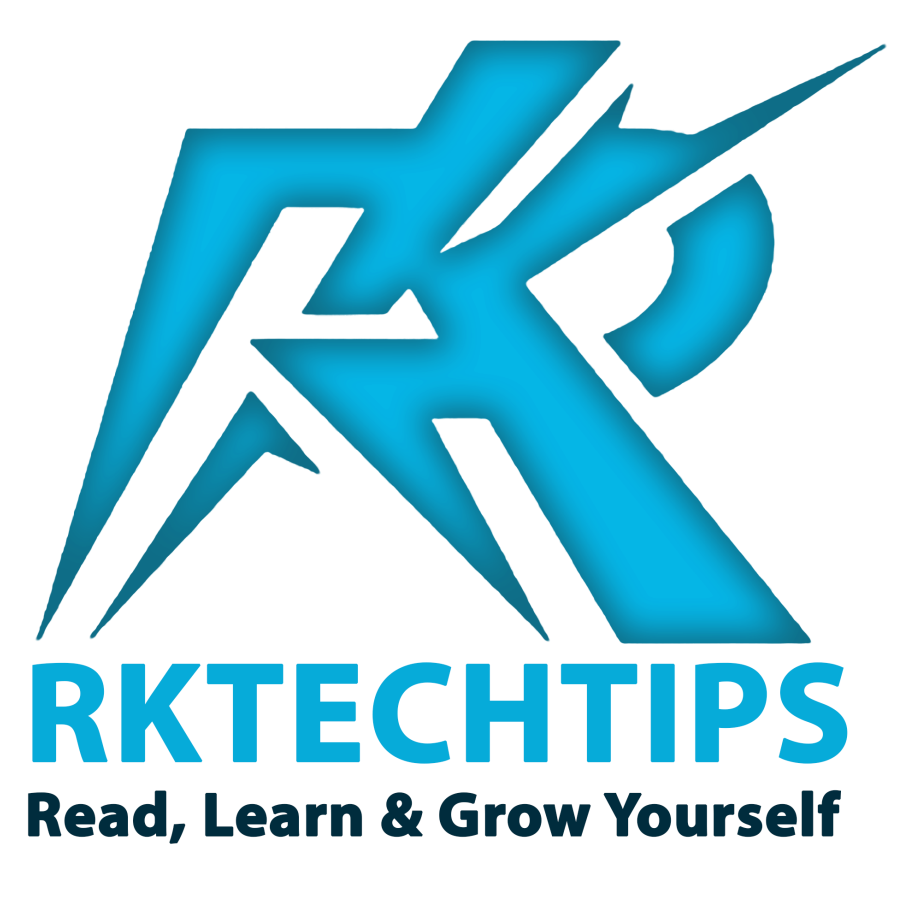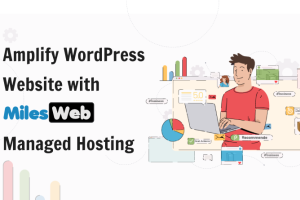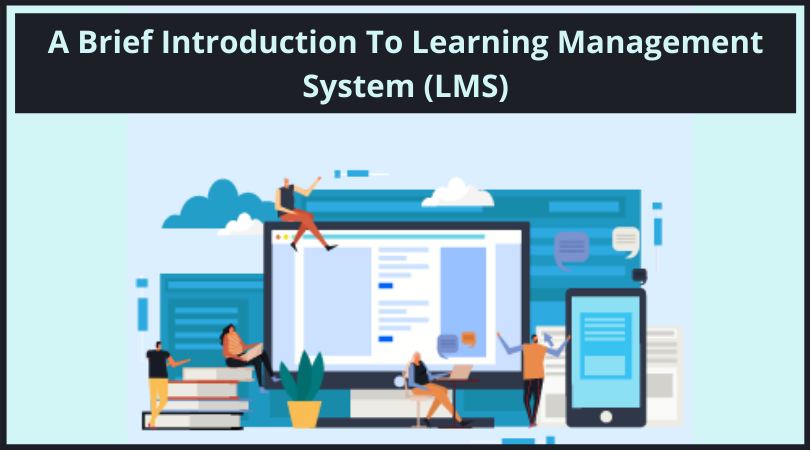A Brief Introduction To Learning Management System: LMS, short for Learning Management System, refers to an advanced software application that companies use to develop, deliver, and track educational courses, training, and development plans online.
Learning management systems are trending – The worldwide LMS market was discovered at $8.76 billion in 2019 and is projected to rise to $38.10 billion by 2027 with a Growth Rate of 19.7% during the estimated period.
In this blog, we will talk about everything you need to know about learning management systems, learndash expert (LMS). Let’s get started.
» How LMS shifted the modern paradigm: Traditional to online education
Generally, learning management systems provide teachers with a way to create and deliver content, monitor student engagement, and evaluate student performance.
The learning management system can also allow students to use interactive functions, such as chain discussions, video conferences, and discussion forums.
LMS is frequently implemented by SMEs and companies of all dimensions, national government bodies, local administrations, educational organizations, traditional and /e-learning.
System-based institutions can improve traditional education methods while saving time and money for the organization.
An adequate system will enable teachers and administrators to effectively manage user registration, content, calendar, user access, communication, authentication, and notifications.
» The target audience of LMS
Learning management systems aren’t limited to just educational institutions but anyone wanting to create e-learning courses. Here are a few examples:
- Educational agencies that offer the forms of testing before or after their training programs
- Middle-sized companies (20-1000 employees)
- Educational agencies or coaches
- Educational agencies which prepare their own courses
- Schools and public sector
- Small to medium size training centers
- Entrepreneur
- Government administrations
The United Nations is another example of how an organization can use LMS for training and teaching through special education missions worldwide.
» How does an LMS work?
An LMS (learning management system) is a great resource that enables users to store and track information in a single place.
Any user with a valid userID and password can access the library of online learning sources. Or, in the case of self-hosted servers, users must download software on their PC or access it through their company’s servers.
» What are the elements of a successful LMS?
Let’s focus on the elements of successful Learning Management Systems (LMS) below.
#User-Friendly and Responsive Designs
Users can pick any design from a wide range of devices they choose, whether desktop, laptop, tablet, or smartphone.
Therefore, the LMS should automatically display the version that best suits the device selected by the user. In addition, the LMS must allow users to download content so that it can be accessed offline.
#Convivial UI
The user interface (UI) should allow students to navigate the LMS platform easily. The user interface should also be aligned with the skills and goals of the user and the organization.
An unintuitive interface risks confusing or distracting users and makes the LMS ineffective.
#Advanced Reporting and Analysis
This includes essential e-learning assessment tools. Teachers and administrators must view and track their online training plans to determine if they are effective or need adjustments.
This can be applied to groups of students and individuals.
#The wide array of Course Catalog
Course and catalog management-LMS contains all e-learning courses and related course content.
Consequently, web-admin and teachers must build and manage these catalogs and courses to offer a more focused learning experience.
#Content integration
The content created and stored in the LMS must be packaged according to interoperability standards, including WPLMS and Tutor LMS.
#Gamification Enrichment
Some LMSs contain built-in game mechanics or gamification features, allowing instructors and administrators to participate more actively in creating courses.
This can help students who need additional incentives to complete the course, possibly in leaderboards, points, and badges.
#Reliable Support & Services
Support Services-Different LMS providers offer different levels of support. For instance, a few of them include online discussion forums where visitors can connect and share knowledge.
Yet, additional support facilities with 24/7 toll-free service numbers require additional charges.
#Certification and compliance Facilities
This feature is essential for systems used for online compliance certification and training. Teachers and managers must be able to assess individual skill sets and identify any gaps in their performance.
This feature will also make it likely to use LMS logs during the audit process.
#Social Learning Proficiencies
Many LMSs have begun to include social media tools in their platforms. This enables visitors to interact, team up and enhance their learning experiences with their peers.
#Emergent Bilingual Technology
-It is very important that LMS includes multilingual support so that learning and training content will not be affected by language barriers.
Some LMSs integrate geolocation capabilities, allowing them to automatically present the corresponding version of the course immediately after logging in.
#Insights Provided By Machine Learning
Finally, AI can help LMS create a personalized learning experience for users by providing training formats. Recommend topics that users may be interested in based on the courses they have completed.
#Learning Automation
The learning management system timely deals with administrators to automate ongoing and dreary tasks. Examples embrace user groups, new user collections, user inactivation, and group registering.
# All You Need To Know About SEO Automation
Final Thoughts On LMS
Evaluating an LMS requires an in-depth understanding of all the features and advantages that each LMS provides. This is a difficult decision because it requires a long-term commitment.
This should be obvious by reading the product description and learning more about the company and location. Next, collect information from customer recommendations and awards received by the company.
Find out what the leadership team’s experience is and how passionate they are in the learning industry.
All the above information can help you justify your choice and invest in a reputable learning management system that meets your organization’s needs.
Read More:
- 6 WordPress Internal Linking Plugin To Enrich URL Rating For SEO
- Top 5 WordPress Security Plugins To Protect Your Site
- Top 10 Effective SEO Trends To Be Well Followed














